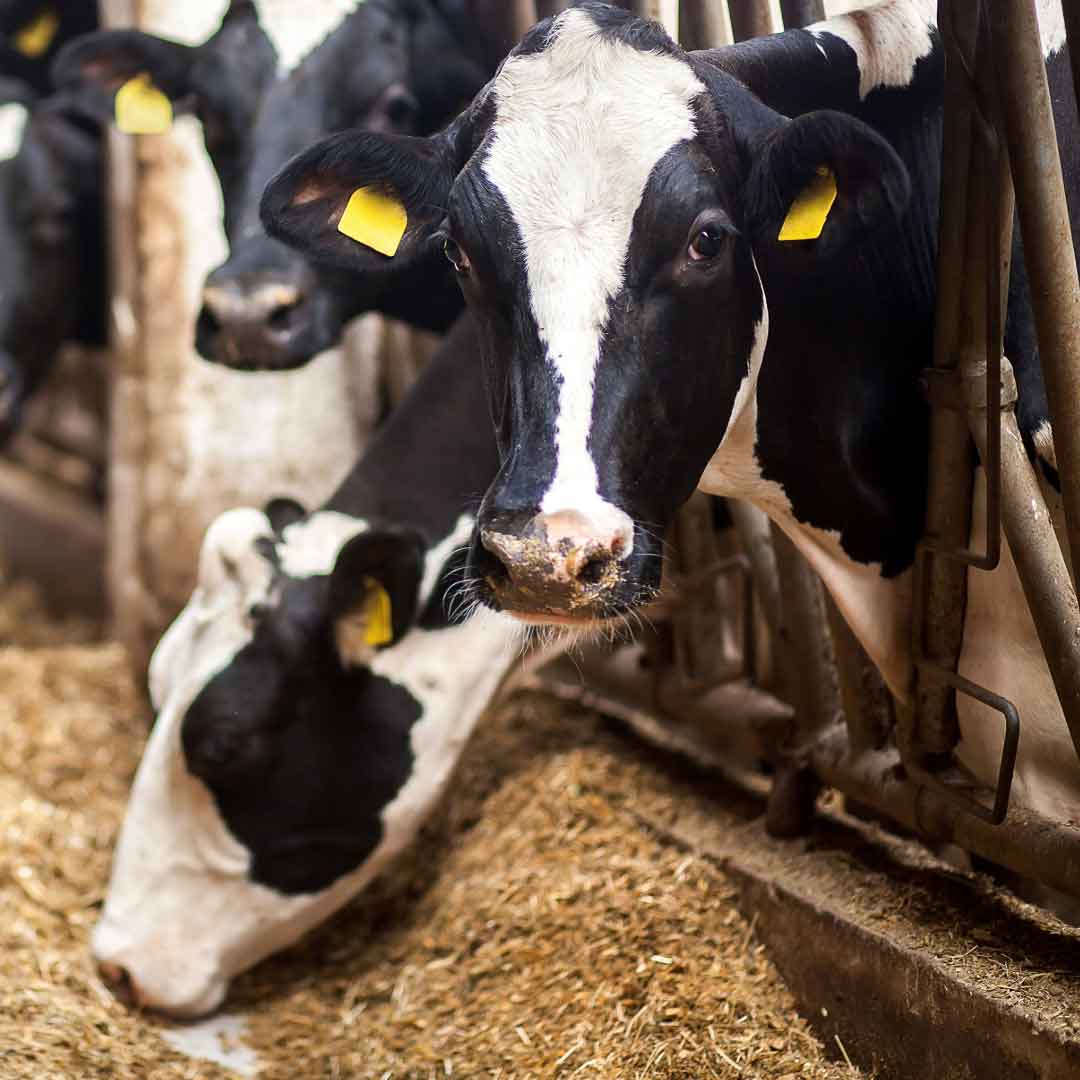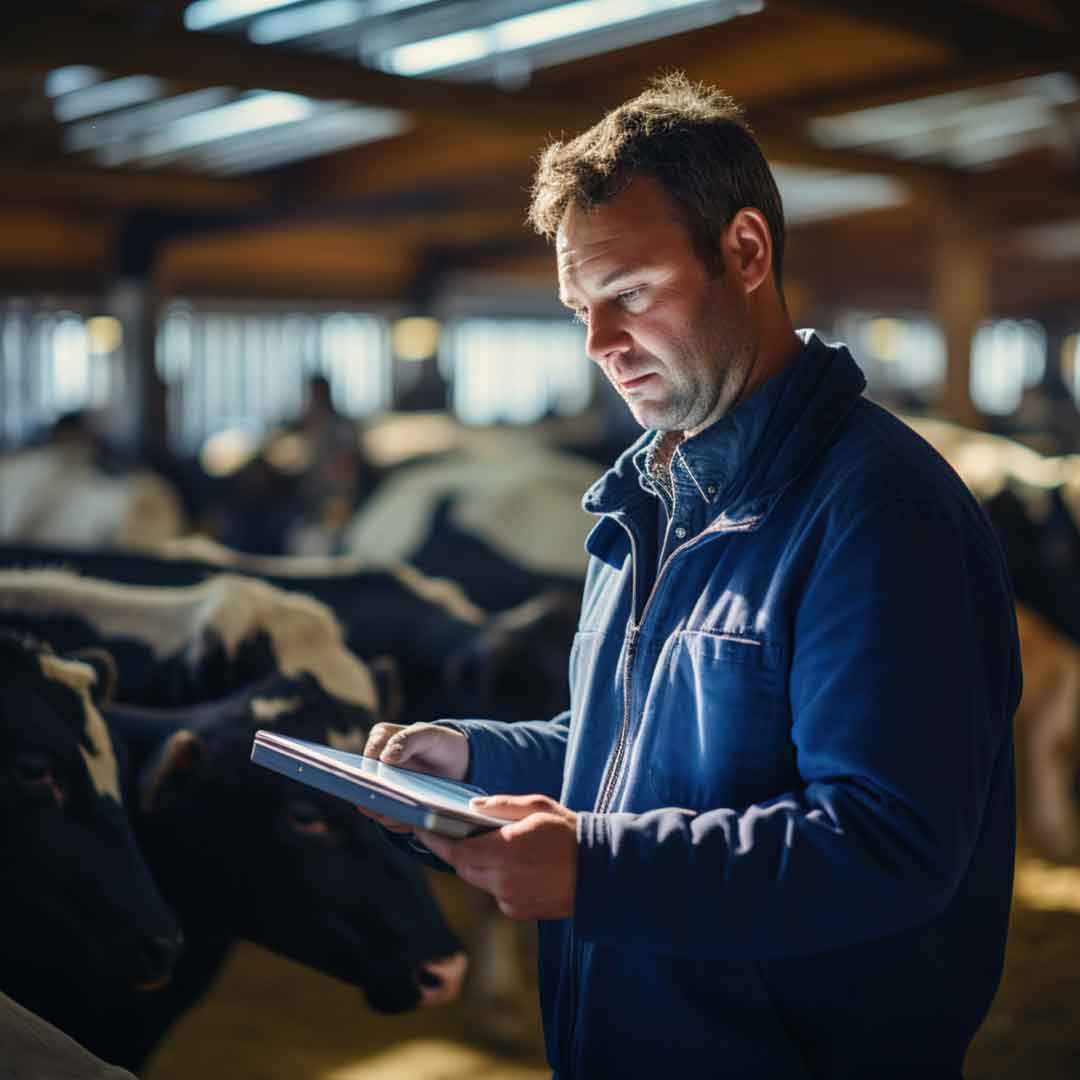▶️ Watch: Cows need fiber too! Storage and feeding tips to minimize nutrient losses
Badger Dairy Insight: August 20, 2024





Badger Dairy Insight: August 20, 2024
Badger Dairy Insight: April 16, 2024
Jennifer Van Os discusses collaborative work at UW-Madison to identify practical strategies for alleviating heat stress in hutch-housed dairy calves.
Water contributes to 75 percent of the body weight in calves, making this nutrient an essential daily requirement.
El agua contribuye al 75 por ciento del peso corporal de los terneros, lo que hace que este nutriente sea un requerimiento diario esencial.
Information on the evaluation of the nutritive value of corn silage or corn hybrids for potential use in silage production.
Lyssa Seefeldt discusses the use of fats in dairy rations, how fats are digested & metabolized, types of fats, and potential limitations of using various fats in dairy diets.
Sebastian I Arriola Apelo discusses amino acid balancing when feeding different energy sources to maximize milk protein and fat. Discussion will include various scenarios, including consideration of an induced milk fat depression.
Fiber in the diet provides an important role in rumen function and digestive health. The varying levels of digestibility of fiber are due, in part, to differences in the amount of lignin, the part of the plant cell wall that provides the plant rigidity.
Kent Weigel, Professor and Chair of the Department of Animal and Dairy Sciences at the University of Wisconsin – Madison Division of Extension, presents on current research on the day-to-day consistency of dry matter intake, milk yield, and the genetics behind it.
Forage testing has the potential to allow you to more effectively utilize your forages. Using test results can help you realize more pounds of milk from your cows by helping you decide where to best use your forages and how to complement them in your ration. Using forage testing is a relatively inexpensive way to maximize your efficient use of forage.
The contribution of the dairy production system to climate change is small compared to electricity generation or transportation. The U.S. EPA’s 2022 report showed that the contribution of the agriculture sector to the total greenhouse gas (GHG) emissions in the U.S was around 10% on a million metric tons of carbon dioxide equivalent (MMtCO2e) basis in 2020 (Figure 1), and about 39.5% of this 10% is represented by livestock methane emissions from the enteric fermentation and manure management.